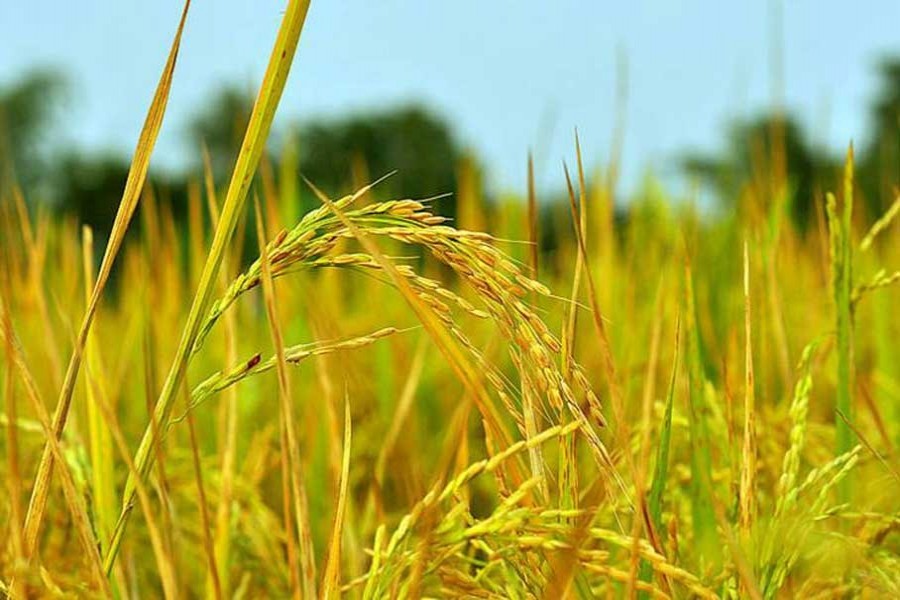
Published :
Updated :

That high yielding varieties (HYV) hybrid paddy has replaced traditional paddies is not for nothing. Policymakers and farmers had to opt for a compromise on quality of rice in the interest of higher yield. This has, however, been the global pattern. Adequate production of hybrid varieties got priority to cultivation of tasty and more nutritious local kinds in order to ensure nations' food security. However, technology-based farming has its own limitations. Use of fertiliser, pesticide and irrigation exact a price not only in terms of agricultural economy but also in terms of land fertility and the environment and its impact on various other natural resources. The problem was further exacerbated by random and excessive use of the agricultural inputs along with improper level of irrigation and monopolistic cultivation of paddy instead of crop diversification. So, scientists and environmentalists had long warned that the soil would reach an optimal level of yield and then start producing less and less paddy.
A report carried in this newspaper on Tuesday largely confirms that the process of decline in rice production has actually been set in motion. For the last five years barring the year 2019, hybrid paddy varieties have been recording fall in production. Yield of paddy per hectare was 4.73 tonnes in 2017, which came down to 4.69 tonnes in 2018 but surprisingly rose to 4.82 tonnes in 2019; then there has been mostly a consistent slump till 2022. In 2020, the rate was 4.65, although it registered a slight rise to 4.66 and the early indication is that it will be 4.61 this year, according to the Bangladesh Bureau of Statistics. This time, though, accusing fingers for production fall have been pointed to erratic climate change. The message is that even the hybrid varieties of paddies developed to cope with climate change are not rising up to the occasion to be equal to the environmental challenges.
What is noticeable is that corporate business has by this time grabbed a share in the hybrid seed market. Farmers are no longer the controllers of the paddy seeds they need for cultivation. One silver lining in this not-so-desirable episode is that the major portion of seeds is still produced domestically. Local companies supplied 12,000 tonnes of domestically produced seeds as against their imported amount of 2,000. In the past, there were complaints from time to time against imported hybrid seeds. Let there be no dependence on foreign seeds of paddy.
The gravest concern of all is the decline in production of rice. In this case, there has to be a clear idea of the cause behind this decline. Did the country's soil in general reach the optimal point of fertility or is the drop in production a direct consequence of climate change? A few of the seeds developed were supposed to adapt to certain adverse weather conditions including the lately developed saline-tolerant kind. Sure enough, consistent use of chemical fertiliser has its long-term negative impact, so has the rising temperature inducing drought, untimely rains, floods and other natural calamities. In that case, research for development of seeds capable of tolerating extreme weather has to be upped. When at issue is food security, there is no other option and agricultural scientists will hopefully be equal to the task of meeting the challenge.


 For all latest news, follow The Financial Express Google News channel.
For all latest news, follow The Financial Express Google News channel.